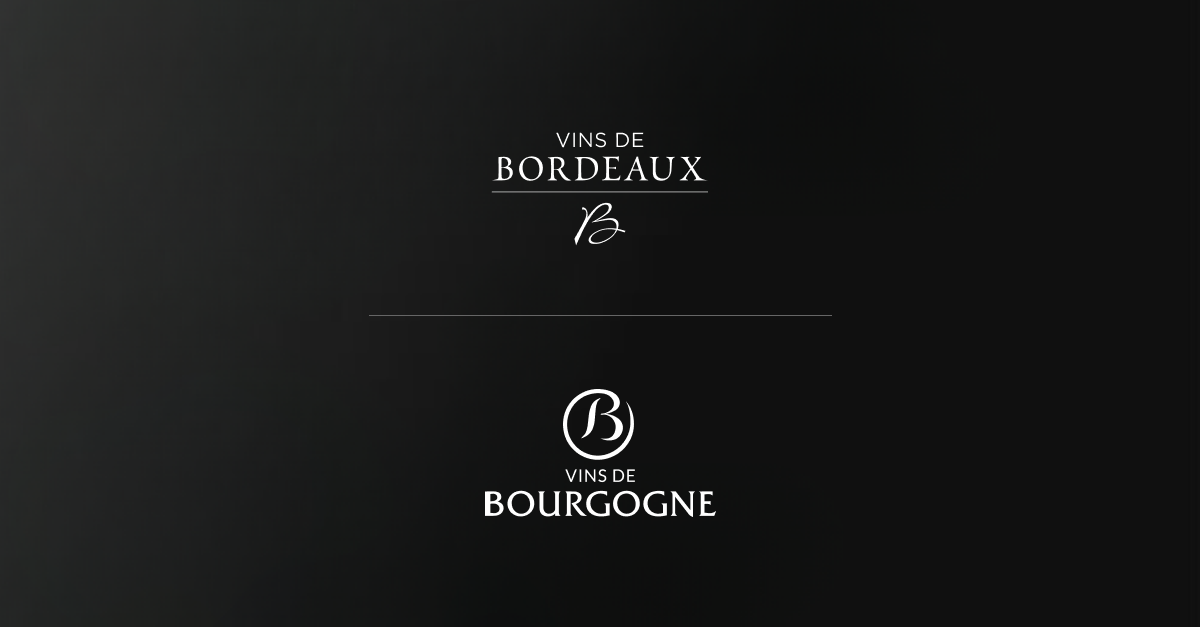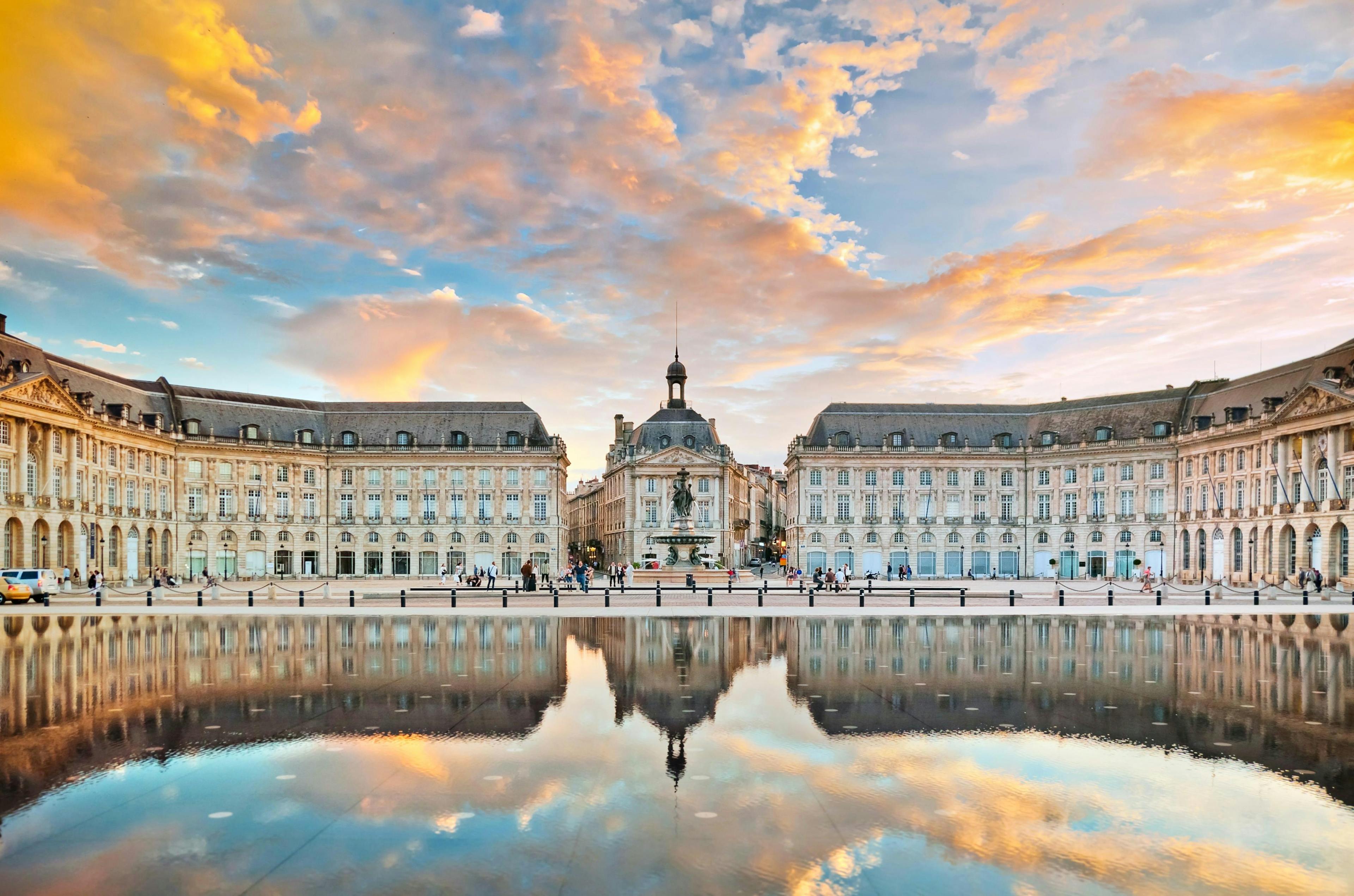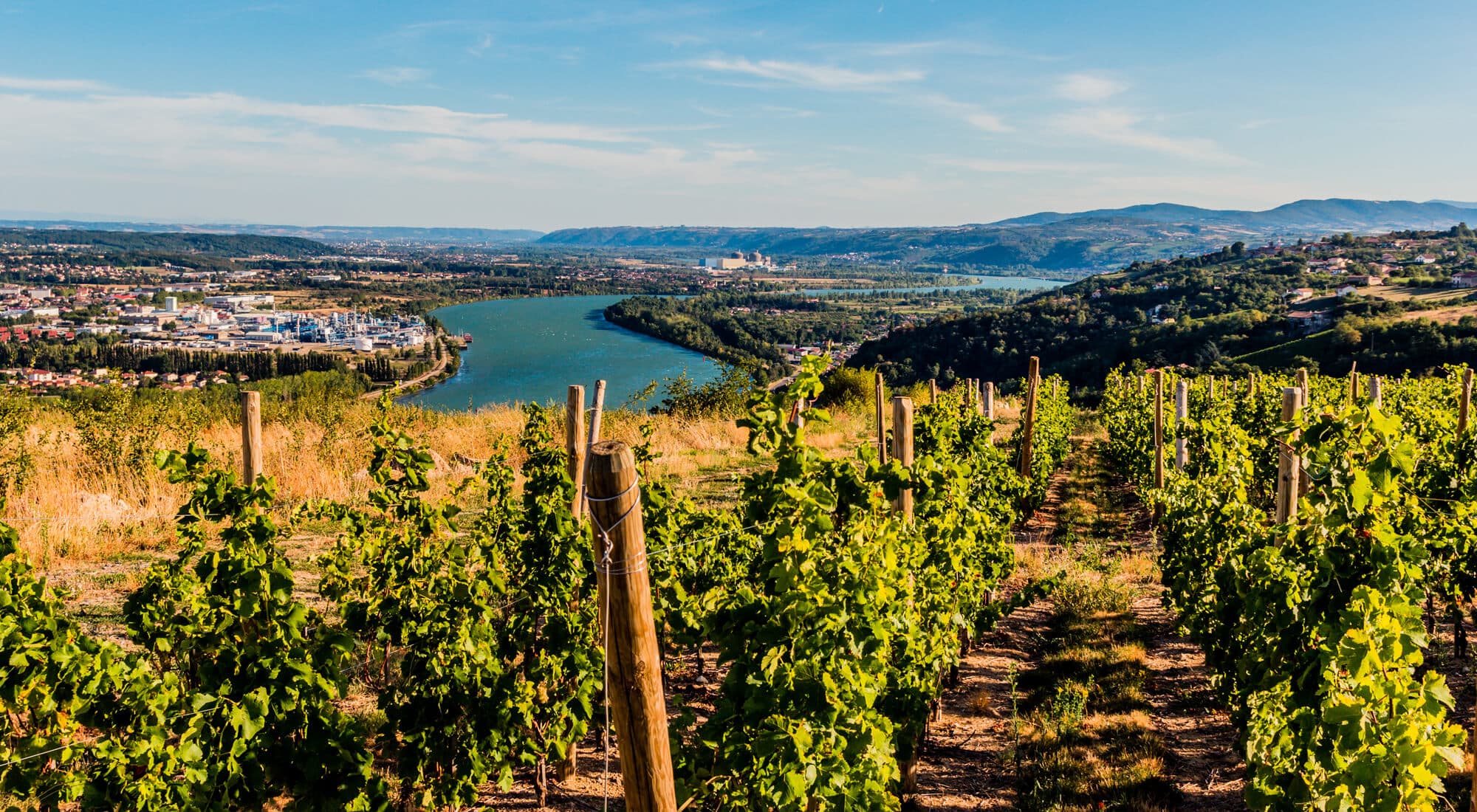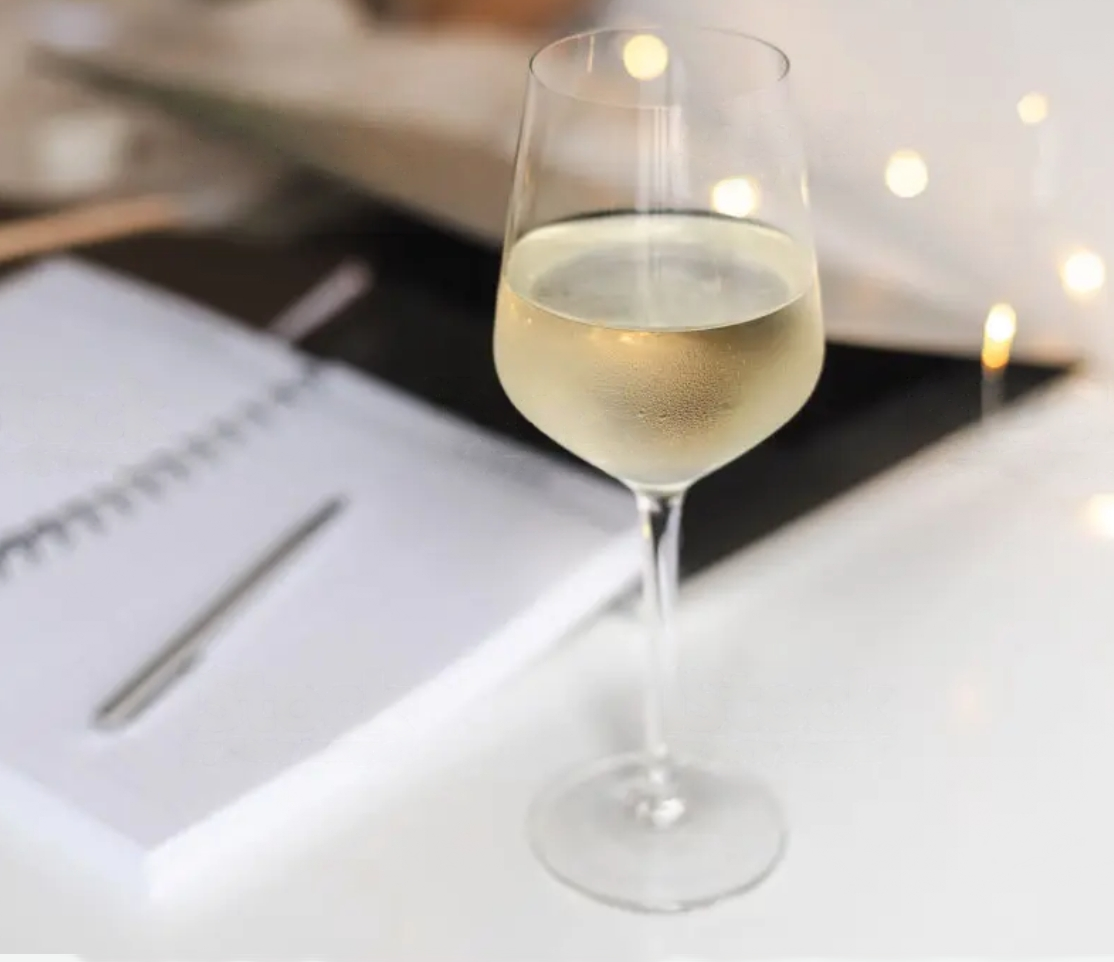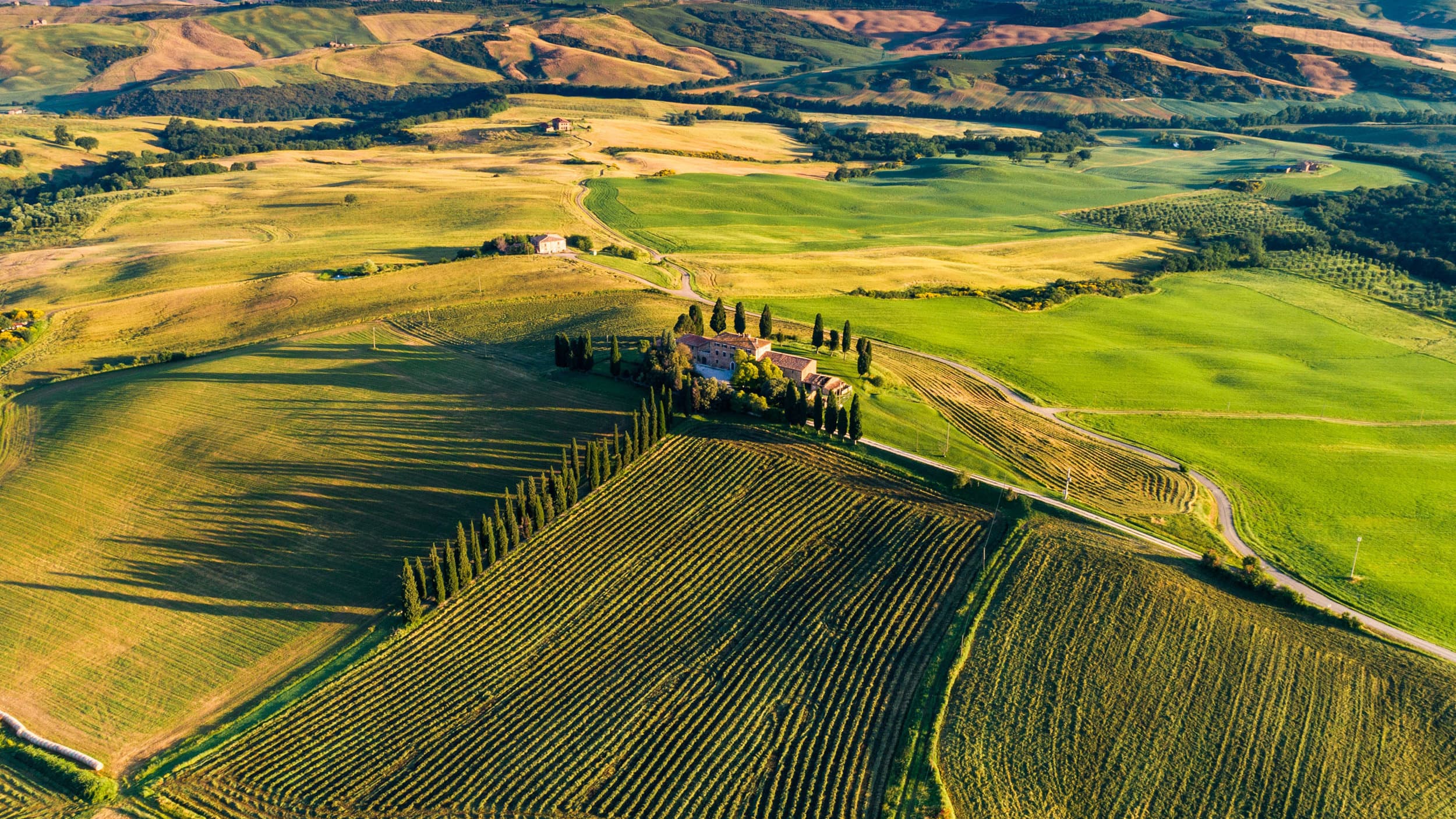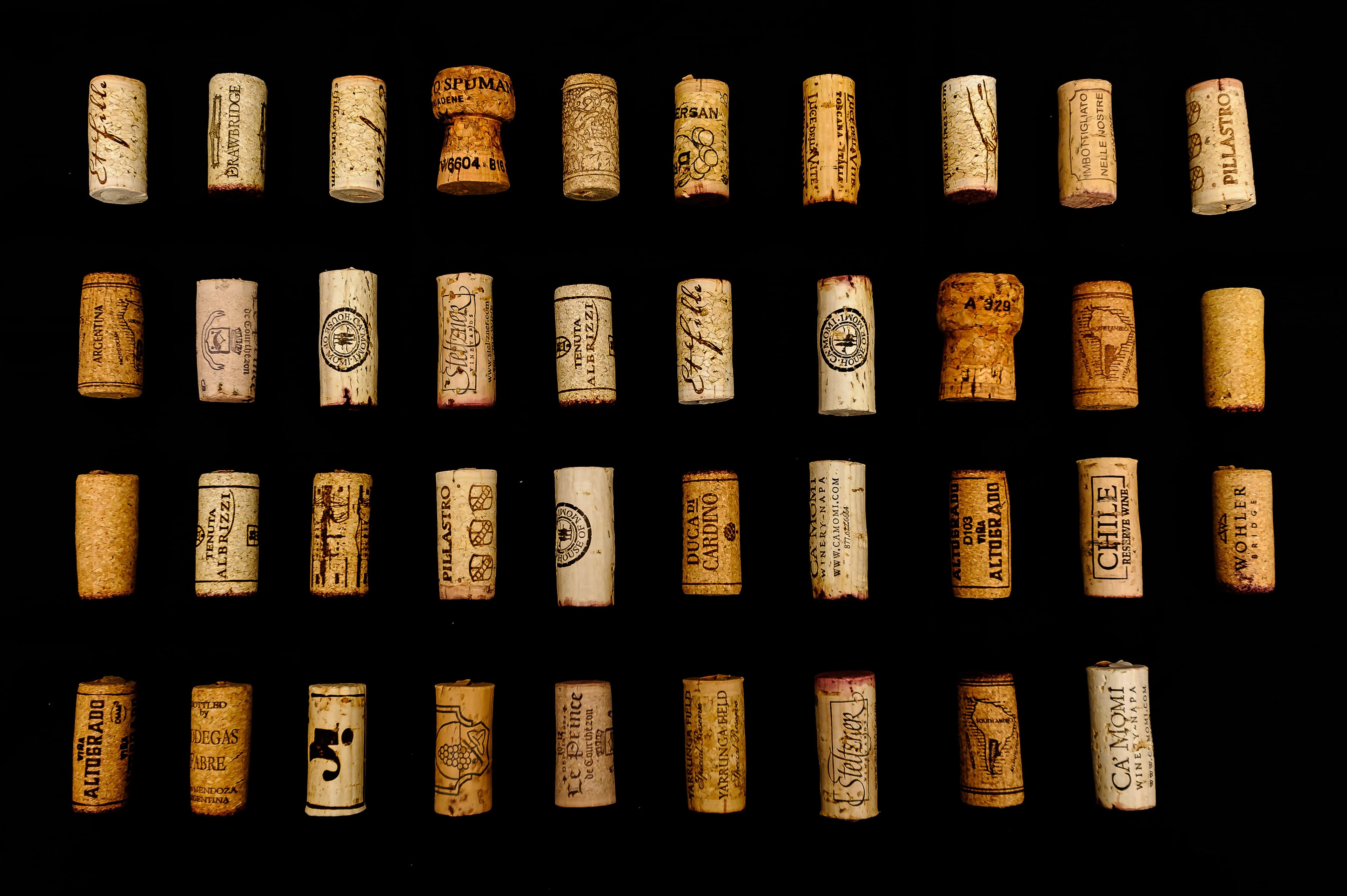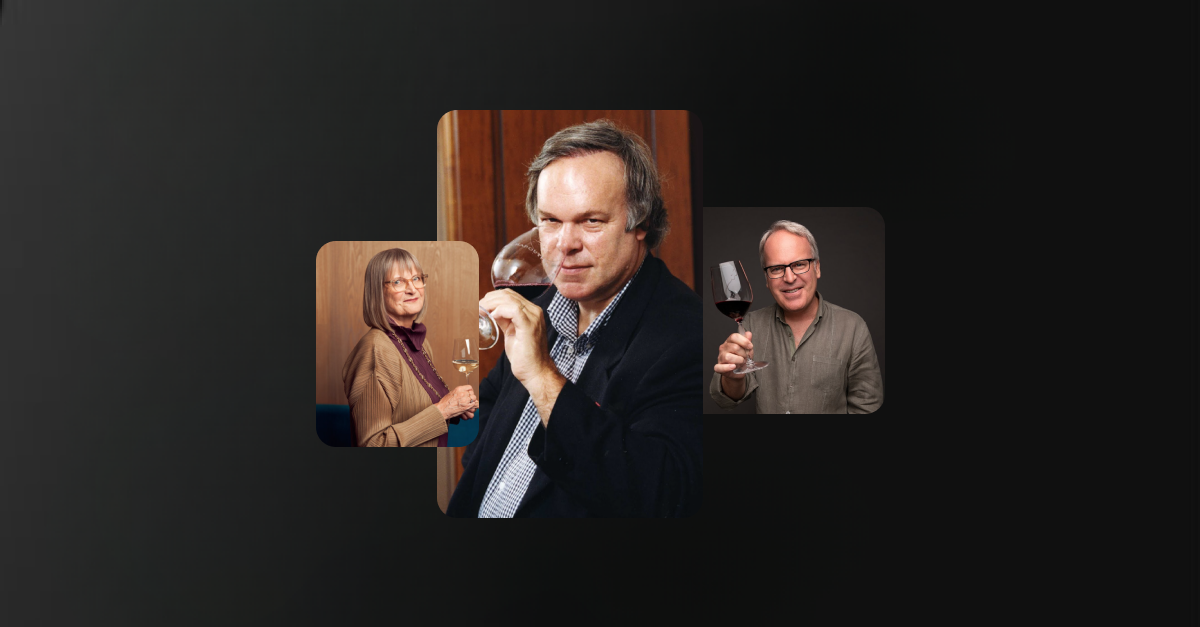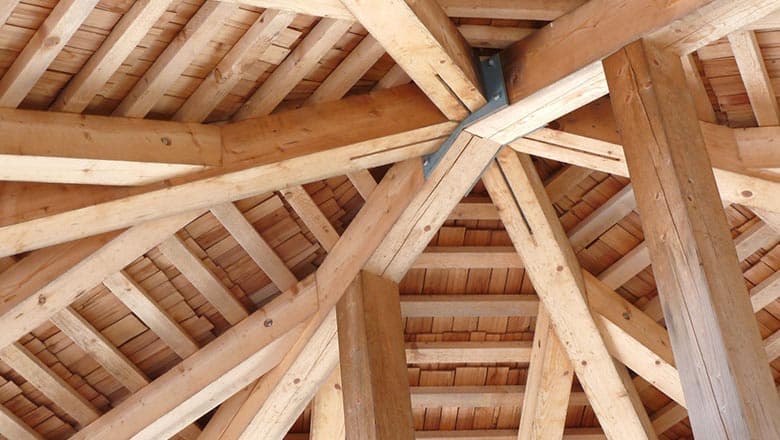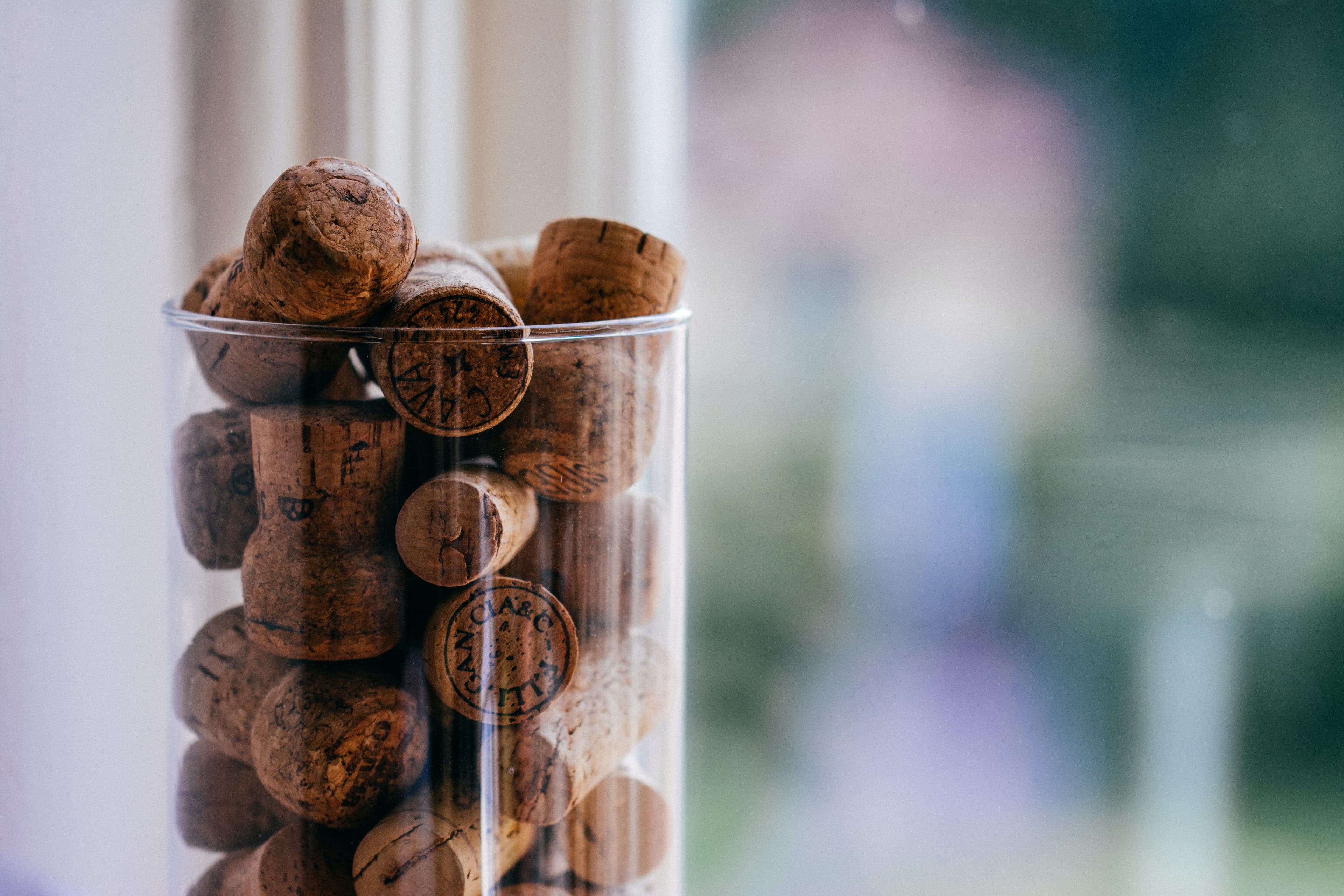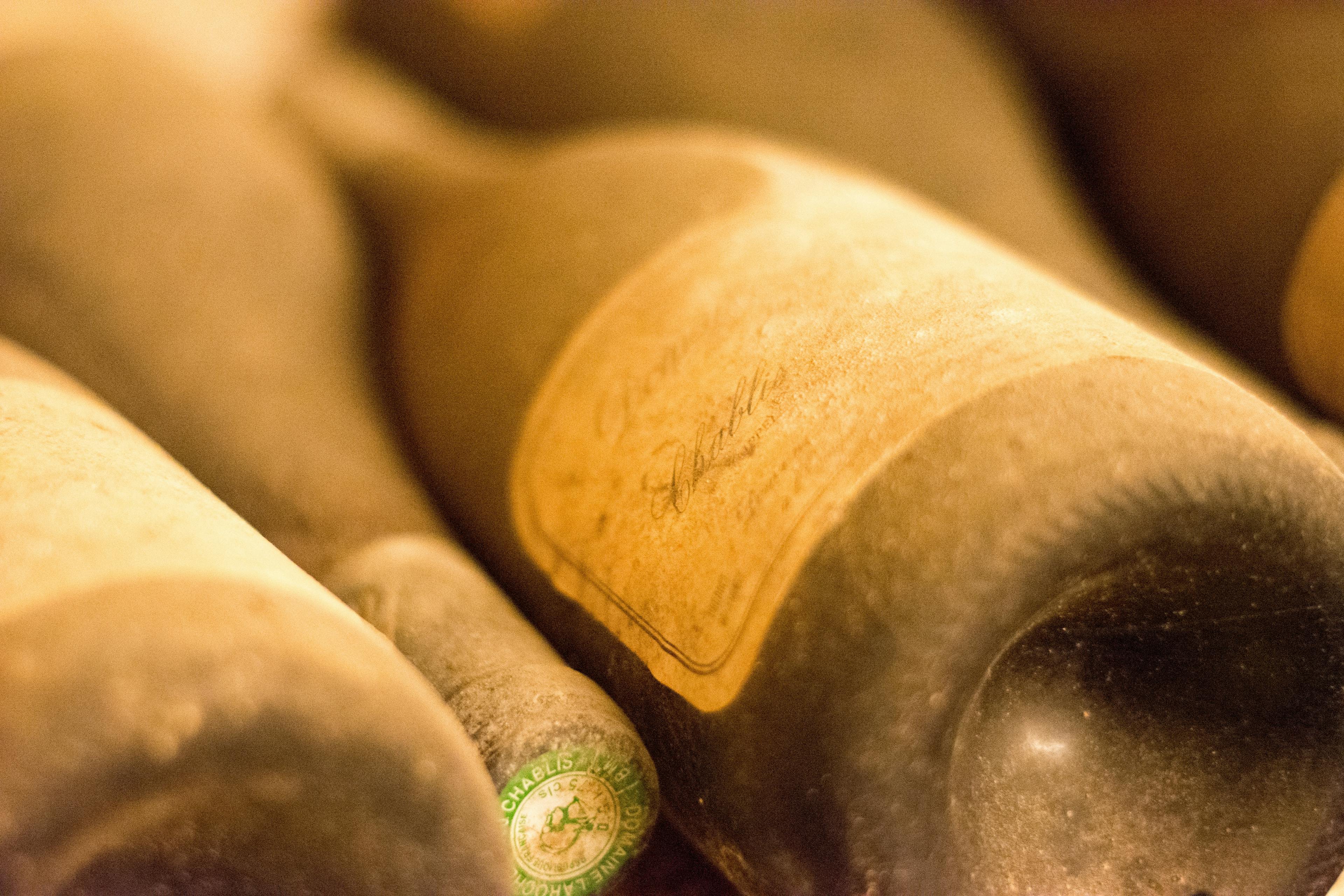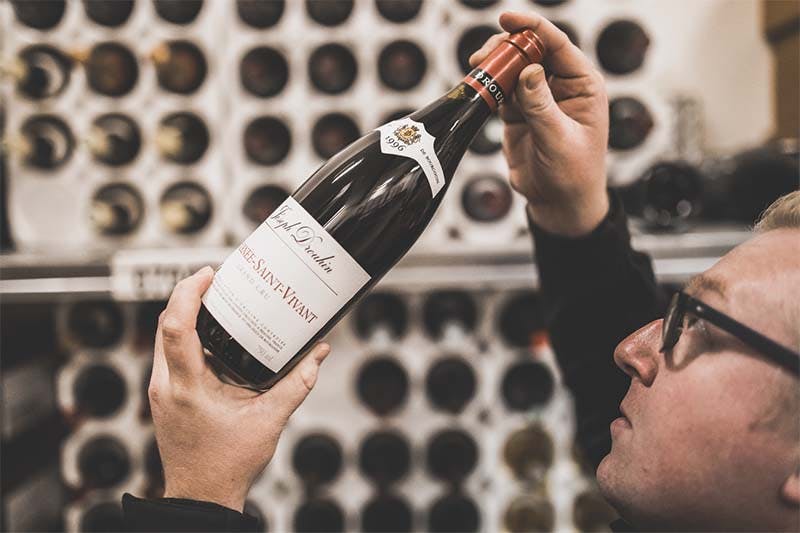
Delving into the history of Louis Roederer unveils a fascinating journey through time, marked by tradition, innovation, and a relentless pursuit of quality. Established in 1776 in Reims, France, this iconic champagne house has been synonymous with luxury and exquisite craftsmanship for over two centuries. The story of Louis Roederer is not just about champagne; it's a narrative of how visionary leadership and dedication to excellence can create a lasting legacy in the wine industry. This introduction explores the milestones and key figures that have shaped its prestigious history, setting the stage for a deeper appreciation of its renowned champagnes.
The Founding of Louis Roederer in 1776
The origins of Louis Roederer trace back to the year 1776, when the company was established in Reims, France. Initially founded by Dubois Père & Fils, it was later acquired by Louis Roederer in 1833, who renamed it after himself and significantly expanded its vineyard holdings. This strategic expansion allowed Roederer to control every stage of the production process, ensuring a consistent quality that was rare at the time.
Focus on Quality: From the outset, Roederer emphasized superior quality in every bottle. This commitment involved selecting only the finest grapes and implementing meticulous methods in their winemaking process.
Innovative Techniques: Under Louis Roederer’s guidance, the winery pioneered several innovative techniques that have since become standard in the industry. These include tailoring winemaking practices to individual vineyard plots and developing a unique style for each cuvée.
Royal Patronage: The excellence of their products earned them the patronage of Tsar Alexander II of Russia, a pivotal moment that boosted their international reputation.
Today, the legacy of craftsmanship at Louis Roederer continues, blending traditional techniques with modern technology to create wines of unmatched quality and character.
Key Historical Milestones for Louis Roederer
Louis Roederer, a prestigious champagne house, has a rich history marked by several significant milestones. Established in 1776 by Dubois Père & Fils, it was later acquired by Louis Roederer in 1833 who renamed it after himself. This change marked the beginning of a new era for the company, focusing on excellence and luxury.
In 1876, Roederer created the Cristal for Alexander II of Russia, a champagne that became synonymous with quality and prestige. This innovation introduced the concept of prestige cuvées to the world of wine, setting a benchmark for future productions.
The 20th century saw Roederer expanding its reach and acquiring additional vineyards to ensure control over the quality of its grapes. This strategic move allowed for consistent quality and character in their champagnes, reinforcing their market position.
During the 1940s, despite the challenges posed by World War II, Roederer managed to sustain production and maintain its legacy. The resilience during these times contributed significantly to the brand's prestige.
Today, Louis Roederer continues to be celebrated for its rich heritage and exceptional quality, making it a staple in the luxury champagne market. For more detailed facts, exploring the milestones of Louis Roederer offers a glimpse into the evolution of this iconic brand.
The Evolution of Louis Roederer Through the Centuries
The evolution of Louis Roederer through the centuries is a fascinating journey that mirrors the broader history of the Champagne region in France. Founded in 1776 by Dubois Père & Fils, the house was acquired by Louis Roederer in 1833, who renamed it after himself and set about expanding its vineyards and improving the quality of its production. Under his leadership, Louis Roederer pioneered several innovative techniques in viticulture and winemaking, including the methodical selection of grapes, which ensured a superior blend of the base wines.
By the late 19th century, Louis Roederer had become synonymous with luxury and quality, catering to the demanding tastes of Tsar Alexander II of Russia, which led to the creation of Cristal, the house’s most famous champagne, initially produced exclusively for the Tsar. This bespoke approach helped solidify Roederer's reputation among the elite consumers of Europe and later, the world.
Today, Louis Roederer remains a family-owned business, renowned for its dedication to quality and sustainability. The house manages over 240 hectares of vineyards using organic and biodynamic farming methods. For those looking to store their Louis Roederer bottles, it's crucial to maintain optimal conditions to preserve the champagne's quality and taste. Here are some tips:
Store bottles in a cool, dark place away from vibrations.
Maintain a consistent temperature, ideally between 10-12°C.
Keep the bottles horizontal to ensure the cork remains moist.
Notable Figures in the History of Louis Roederer
Louis Roederer, a prestigious champagne house, has been shaped significantly by several key individuals throughout its history. Tsar Alexander II of Russia, a notable enthusiast of Roederer's champagne, requested a special cuvée which led to the creation of Cristal, one of the most exclusive champagnes in the world. This initiative marked a pivotal moment in the brand's history, elevating its status and setting a precedent for luxury beverages.
Jean-Claude Rouzaud, another influential figure, managed the company during the late 20th century. His leadership was instrumental in modernizing production techniques and expanding the brand's global reach. Under his guidance, Louis Roederer continued to innovate while maintaining the high quality and traditional craftsmanship that the house is known for.
Frédéric Rouzaud, who succeeded Jean-Claude, has continued this legacy of innovation and excellence. His tenure has seen the introduction of several popular vintages, which have helped to cement Louis Roederer's reputation as a producer of fine champagnes. Each of these figures has left an indelible mark on the brand, contributing to its rich history and continued success.
Louis Roederer During the World Wars
During the tumultuous times of the World Wars, Louis Roederer demonstrated resilience and adaptability, key characteristics that helped the brand not only survive but also thrive. When World War I broke out, the Champagne region faced significant hardships. Vineyards lay in ruin, and many workers were drafted into the military. Despite these challenges, Louis Roederer managed to maintain production, adapting their strategies to meet the demands of the time.
Resource Allocation: They prioritized limited resources, ensuring that essential processes like harvesting and fermentation could continue.
Innovation in Adversity: The introduction of more mechanized processes helped compensate for the shortage of labor.
Strategic Exports: By focusing on exports to non-warring countries, Roederer kept its international markets alive.
World War II posed similar challenges, with occupation forces requisitioning large quantities of champagne. Yet, Louis Roederer's strategic foresight in stockpiling reserves before the war began ensured they could still meet demands. This period highlighted the company's ability to foresee market trends and plan accordingly, securing its reputation as a resilient and forward-thinking champagne house.
The Expansion of Louis Roederer's Global Market
The expansion of Louis Roederer's global market is a testament to the brand's adaptability and strategic foresight. Initially focused on the Russian aristocracy, the company shifted its attention to broader international markets following the Russian Revolution. This pivot was crucial in establishing Louis Roederer as a global powerhouse in the champagne industry. By the mid-20th century, Roederer had successfully penetrated markets in Europe, Asia, and America, thanks in part to its reputation for quality and luxury.
Marketing strategies were tailored to appeal to diverse consumer bases, highlighting the champagne's versatility with various food pairings. Special editions and collaborations with renowned artists and designers also enhanced its appeal. These efforts were complemented by:
Investing in extensive vineyard holdings to ensure supply and control over quality.
Implementing innovative production techniques that balanced tradition with modern technology.
Engaging in active participation in international wine fairs and expositions.
Such initiatives have solidified Louis Roederer's presence on the global stage, making it synonymous with celebration and sophistication worldwide.
Innovations Introduced by Louis Roederer Over Time
Louis Roederer, a prestigious champagne house, has been synonymous with innovation since its inception in 1776. The brand's approach to viticulture and winemaking has set industry standards, significantly influencing the taste and quality of champagne. One of the key innovations introduced by Roederer was the development of a unique method for creating its Cristal cuvée. Originally crafted in 1876 for Tsar Alexander II of Russia, this champagne was the first to be made in a clear bottle, a revolutionary concept at the time.
Further advancements include:
Pioneering Organic Practices: Roederer led the charge in adopting organic farming techniques in the Champagne region. By managing their vineyards without synthetic chemicals, they enhanced the soil's health and the grapes' flavor.
Tailored Yeast Selection: The house developed a specialized yeast strain to ferment its wines, ensuring consistency and complexity in the flavor profile.
Precision in Vinification: Roederer implemented precise temperature control during fermentation, improving the aromatic qualities and structural finesse of their champagnes.
These innovations not only elevated the brand but also contributed to setting higher standards across the champagne industry.
The Acquisition of Vineyards and Expansion
The strategic acquisition of vineyards has been pivotal in the expansion of Louis Roederer, a renowned champagne house. Initially, the company focused on buying grapes from other growers, but this changed in the early 19th century when Louis Roederer himself began acquiring vineyards to ensure a steady supply of high-quality grapes. This move was crucial for maintaining the unique flavor profile and high standards that serve as the brand's hallmark.
1845: Louis Roederer acquires 15 hectares in the Grand Cru vineyards of Verzenay, marking the beginning of direct control over their wine production.
1870s: Under the leadership of Louis Roederer II, the estate expands significantly, adding prestigious parcels in the Montagne de Reims region.
Modern Investments: In recent decades, the company has continued to invest in prime vineyard land, focusing on sustainable viticulture practices to protect the environment and improve grape quality.
These strategic acquisitions have not only allowed Louis Roederer to control every stage of the production process but also to innovate, particularly in the development of their vintage champagnes. This foresight in expansion and sustainability has solidified their reputation as one of the premier champagne producers globally.
Historical Challenges Faced by Louis Roederer
Louis Roederer, a prestigious champagne house, has faced numerous challenges throughout its history. Established in 1776, the company initially struggled with the volatile political climate of France, including the French Revolution and the Napoleonic Wars. These events disrupted trade routes and caused significant financial strain.
In the 19th century, phylloxera devastated vineyards across Europe, severely impacting Roederer's grape supply. This crisis forced the house to innovate, leading to the pioneering of grafting techniques that would eventually become standard practice in viticulture.
World Wars I and II further tested the resilience of Louis Roederer. The proximity of the vineyards to battlefields meant that much of their land was a war zone, which not only endangered the facilities but also led to a scarcity of labor as many workers were drafted into military service.
Despite these adversities, Louis Roederer has maintained its commitment to quality and tradition, a testament to its enduring legacy. Today, wine enthusiasts continue enjoying Louis Roederer champagnes, appreciating both the taste and the storied history behind each bottle.
Legacy and Influence in the Champagne Industry
Louis Roederer, established in 1776, has significantly shaped the champagne industry with its innovative practices and prestigious offerings. This esteemed house is renowned for its dedication to quality and tradition, influencing numerous aspects of wine production and marketing that continue to resonate today.
Pioneering Techniques: Roederer was one of the first to practice oak aging for champagne, enhancing the complexity and texture of the wine. This method has been widely adopted, setting a benchmark in the industry.
Cristal Innovation: In 1876, Roederer created Cristal for Alexander II of Russia. This luxury cuvée was the first of its kind, packaged in a clear, lead-glass bottle to demonstrate its purity and craftsmanship. Cristal has since become a symbol of luxury and exclusivity in the wine world.
Sustainability Efforts: Emphasizing sustainability, Roederer has transitioned to organic and biodynamic practices across their vineyards. This shift not only reflects their commitment to environmental stewardship but also influences other producers to adopt more sustainable methods.
Global Influence: Beyond France, Roederer's techniques and styles have permeated global markets, setting standards in both quality and innovation. Their influence is evident in the numerous accolades and high demand their products enjoy worldwide.
Through these contributions, Louis Roederer has cemented its legacy as a cornerstone of the champagne industry.
Conclusion
In conclusion, the rich history of Louis Roederer not only highlights its legacy in the world of fine wines but also underscores the importance of quality and tradition in crafting exceptional champagnes. From its establishment in 1776 to its global recognition through Cristal, Louis Roederer exemplifies the dedication and innovation necessary to maintain a prestigious reputation in the competitive wine industry. For enthusiasts and collectors alike, understanding this history enhances the appreciation of each bottle.
At Rekolt, we recognize the significance of such storied brands and are committed to providing our customers with not only the finest selections but also optimal storage solutions. By choosing our professional cellar storage option, you ensure that your investment in premium wines like Louis Roederer is preserved under ideal conditions, enhancing its potential for future resale and trade. This service is particularly beneficial for those looking to build a diverse and valuable wine portfolio, offering both security and convenience. Whether you're a seasoned collector or a new enthusiast, Rekolt's marketplace and cellar services bridge the gap between the rich history of winemaking and the modern demands of wine trading and collecting.
Share this article
